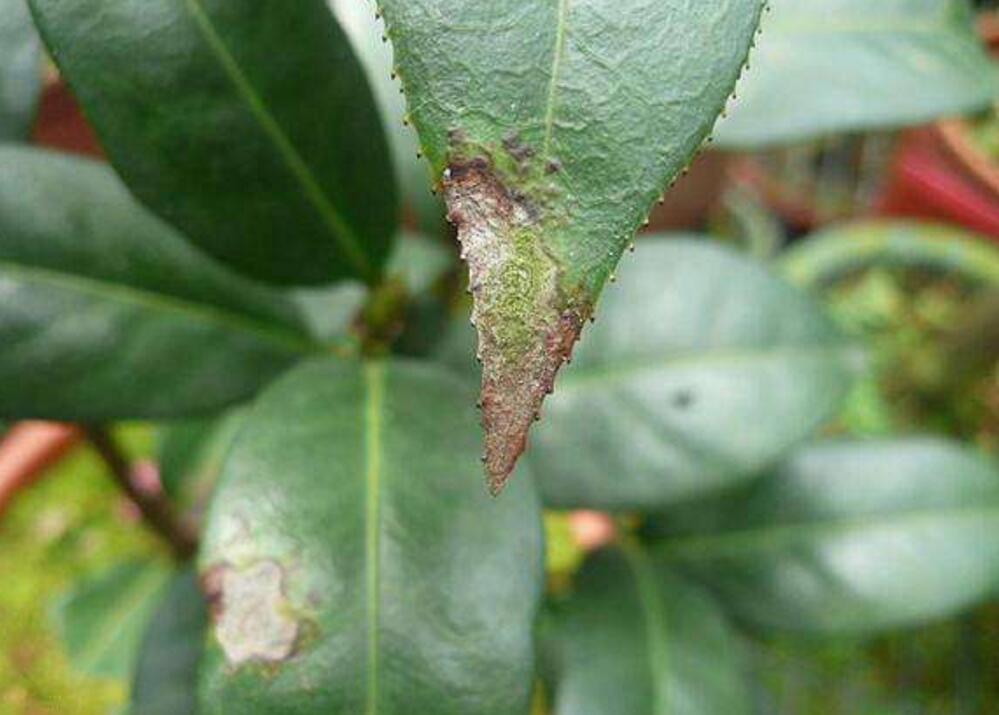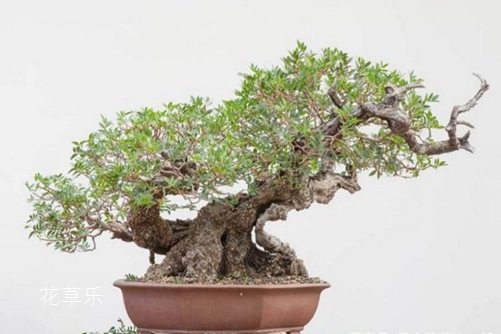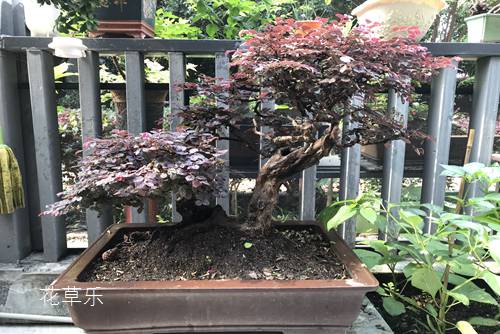Prevention and Control of Bonsai Diseases of Flowers and plants how to treat anthracnose
All kinds of diseases and insect pests will occur in the process of flower bonsai culture, and the most difficult thing is to identify the disease and control effect. It can be divided into two kinds: fungal diseases and viral diseases. Fungal diseases as long as there are red spiders, aphids and so on, viral diseases include anthrax, gray mold, white silk disease, coal pollution and so on. Anthracnose is a kind of disease that often occurs in garden plants, which mainly harms the leaves of plants, sometimes stems and twigs. When the damage is serious, it reduces the ornamental value of plants, and even causes plant death. When we encounter anthrax how to deal with it, below Huacao Le will share anthrax pictures and anthrax prevention and control methods with you.
Prevention and Control of Bonsai Diseases of Flowers and plants how to treat anthracnose

Symptoms and pictures of anthrax
Anthrax is a fungal disease with two symptoms:
1. At the beginning of the disease, there were small round, oval reddish-brown spots on the leaves, and in the later stage, the lesions were enlarged as dark brown spots, the center changed from grayish brown to grayish white, while the edges were purplish brown or dark green, sometimes with yellow halos, and finally the disease spots became dark brown. And produce small black spots arranged in ribs. The disease often occurs at the edge and tip of the leaf. when it is serious, more than half of the leaves wither and black and die.
two。 There are round or near-round disease spots on the stem, which are light brown, and there are black dots arranged in rings on the stems. the disease spots on the tender shoots are oval ulcer spots and the edges are slightly raised. Such as cactus anthracnose.
II. Prevention and control of anthrax
1. In the early stage of the disease, cut off the diseased leaves, burn the withered branches and leaves in the green space in time to prevent expansion; do not plant too densely or indoor flowers should not be placed too densely, do not drench indoor flowers from the top of the plant, and often maintain ventilation and light. Clean the countryside in winter and burn the sick and disabled bodies in time.
2. Improve the watering method, pour water from the edge of the basin, control the amount of water, not too much; remove and destroy the diseased leaves in time to reduce the source of infection; there should be appropriate space between the basins to prevent branches and leaves from colliding and ensure air circulation. Adopt scientific fertilization formula and technology, apply sufficient rotten organic fertilizer and increase phosphorus and potassium fertilizer to improve the disease resistance of garden plants.
3. Chemical control: spray 70% anthrax 500 times solution, 70% mancozeb 600 times solution, or 75% chlorothalonil 700 times solution or 1 200 times Bordeaux solution, spray once every 10 to 15 days, spray 3 times 4 times.
4. Cunninghamia lanceolata anthracnose is a latent infectious disease. The new leaves of that year began to sprout in early April and could be infected by anthrax in May, but generally did not show symptoms until April-June of the following year. The bacteria-carrying rate of needles increased rapidly with the increase of air temperature, and reached the highest in August. It declined gradually after the middle of November, reached the lowest level at the end of March, and rose again after April. It shows that infection can occur except in the period of low temperature in winter (the monthly average temperature is below 10 ℃), but a large part of the latent bacteria also lose their vitality in winter.
Time: 2019-04-24 Click:
- Prev

How to raise the pistachio tree with both talents and appearance? Introduction to the Making and Maintenance of Pistacia chinensis Bonsai
Pistacia chinensis is a deciduous tree belonging to the family of lacquer trees. Pistacia chinensis likes light, likes warmth, and fears cold; it is suitable for growing in rich and moist limestone mountains with good drainage. Beautiful tree, crown such as spherical, lush foliage. Spring leaves are red, summer leaves are green, autumn leaves turn golden, winter leaves are lost
- Next

The bonsai is serious (standing blight) every year. What causes it and how to prevent it?
The follow-up tree is an evergreen plant with luxuriant branches and leaves, graceful posture, resistance to pruning, resistance to flat binding, blooming season, full of flowers, very spectacular. When different lines mature, the leaf color and flower color are different, and the leaf size is also different, which is the preferred bonsai stump for flower friends. Huipian (blight) is a common disease.
Related
- Fuxing push coffee new agricultural production and marketing class: lack of small-scale processing plants
- Jujube rice field leisure farm deep ploughing Yilan for five years to create a space for organic food and play
- Nongyu Farm-A trial of organic papaya for brave women with advanced technology
- Four points for attention in the prevention and control of diseases and insect pests of edible fungi
- How to add nutrient solution to Edible Fungi
- Is there any good way to control edible fungus mites?
- Open Inoculation Technology of Edible Fungi
- Is there any clever way to use fertilizer for edible fungus in winter?
- What agents are used to kill the pathogens of edible fungi in the mushroom shed?
- Rapid drying of Edible Fungi

